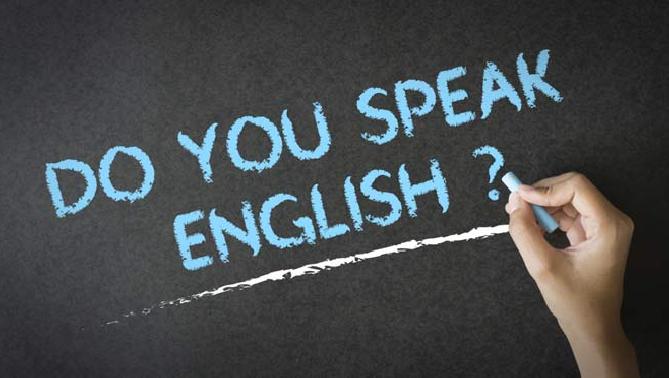Inglés medio, inglés moderno temprano – Página 4 –
Inglés Medio,Inglés Moderno Temprano
ESPAÑOL INGLÉS
Inglés medio,inglés moderno temprano
El inglés medio de los siglos XIV y XV presenta importantes cambios tipológicos respecto al inglés antiguo. El inglés medio tipológicamente está más cercano al inglés moderno y las lenguas romances que el inglés antiguo. La principal diferencia entre el inglés medio y el inglés moderno es la pronunciación. En particular, el gran desplazamiento vocálico modificó ampliamente el inventario de vocales, produciendo diptongos a partir de numerosas vocales largas y cambiando el grado de abertura de muchos monoptongos. La influencia de la nobleza normanda, llegada a la isla en torno a esta época, dejó también efectos en el léxico del inglés medio que se conservan aún hoy en día. Esto da origen, por ejemplo,a la distinción entre pig (cerdo) y pork (carne de cerdo), siendo la primera de origen germano y la segunda de origen francés (las clases bajas criaban pigs que se convertían en pork para las clases altas).
A partir del siglo XVIII la pronunciación del inglés fue altamente similar a la del inglés moderno. Y es a partir de esa época que se empezaron a producir la mayor parte de los cambios fonéticos que hoy día son la base de los dialectos modernos.
Inglés moderno temprano
El inglés moderno temprano (Early Modern English) es la forma antigua del inglés de hoy, como una variante del idioma anglosajón y del inglés medio en particular que se practicaba hasta ese entonces.
Se trata del inglés que se hablaba principalmente durante el Renacimiento, y más comúnmente asociado al lenguaje literario de William Shakespeare.
Cronológicamente se sitúa entre los siglos XVI y XVIII (años 1450 a 1700 aproximadamente) en las áreas pobladas por los anglonormandos. Se consolidó en gran medida debido al auge de las letras británicas en dicho período histórico y a los aportes de lenguas extranjeras.
Se considera la fase más evolutiva y cercana al inglés de la actualidad.
**************************************************************************************************************************************************
TRADUCCIÓN:
Middle English
The Middle English of the fourteenth and fifteenth centuries has important typological changes from the Old English. Middle English is typologically closer to modern English and Old English that Romance languages. The main difference between Middle English and Modern English is the pronunciation. In particular, the large displacement vowel widely modified vocal inventory producing diphthongs from numerous long vowels and changing the degree of opening of many monothongs. The influence of the nobility Norman , arrival to the island around this time, also made effects on the lexicon of Middle English that remain even today. This gives rise, for example, the distinction between pig (pork) and pork (pork), being the first of German origin and the second of French origin (the lower classes bred pigs that turned into pork for the upper classes ).
From the eighteenth century English pronunciation was highly similar to that of modern English. And it’s from that era that began producing most of the sound changes that today are the basis of the modern dialects .
Early Modern English
Early Modern English (Early Modern Inglés) is the oldest form of English today as a variant of the Anglo-Saxon language and Middle English in particular was practiced until then.
It is the English that is spoken mainly in the Renaissance , and most commonly associated with the literary language of William Shakespeare .
Chronologically is between the sixteenth and eighteenth centuries (years 1450-1700 approximately) in the areas inhabited by the Anglo-Normans. Was consolidated largely due to the rise of the British letters in this historical period and the contributions of foreign languages.
The evolutionary and close to the English present phase is considered.
Nº 4 – Palabra: ‘Importantes’
************************************************************************************************************************************************
Centuries has+palabra: ‘Important’




